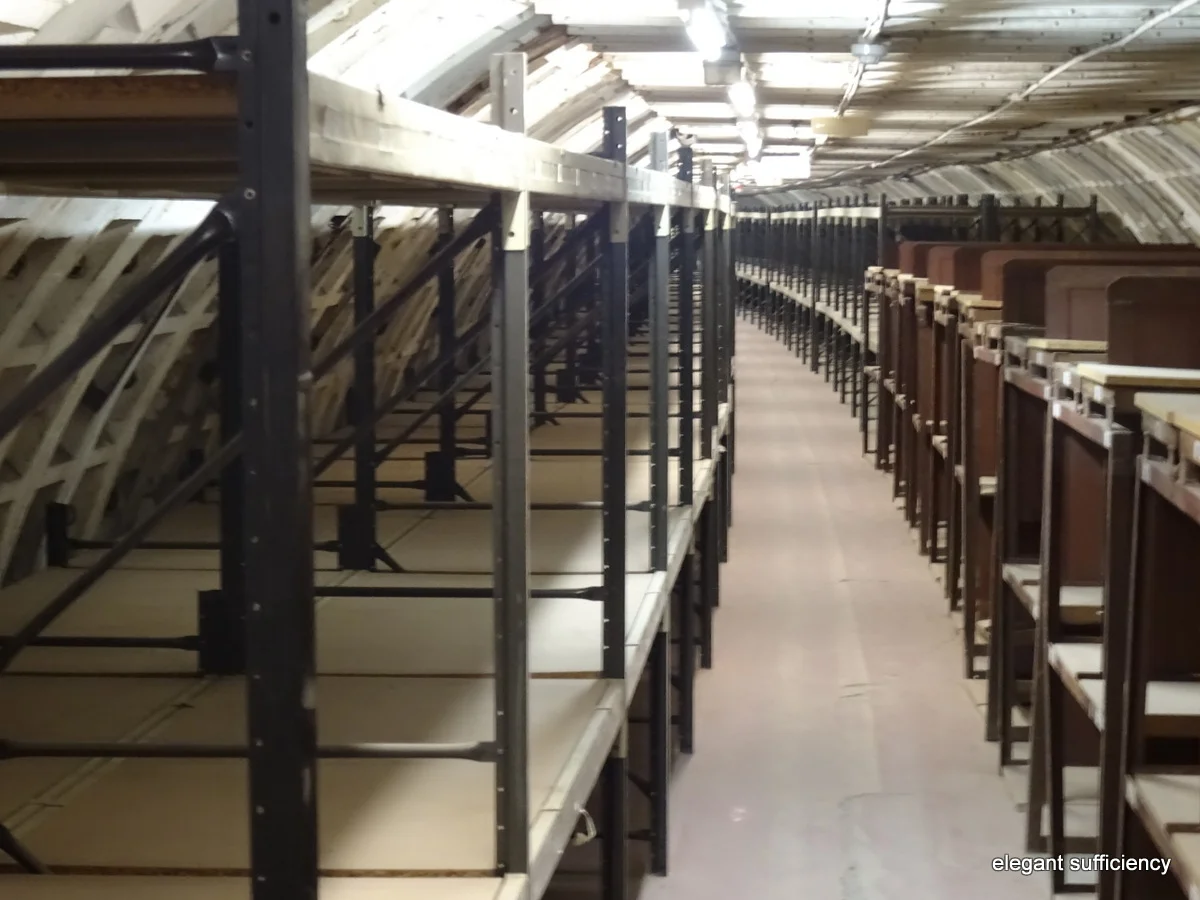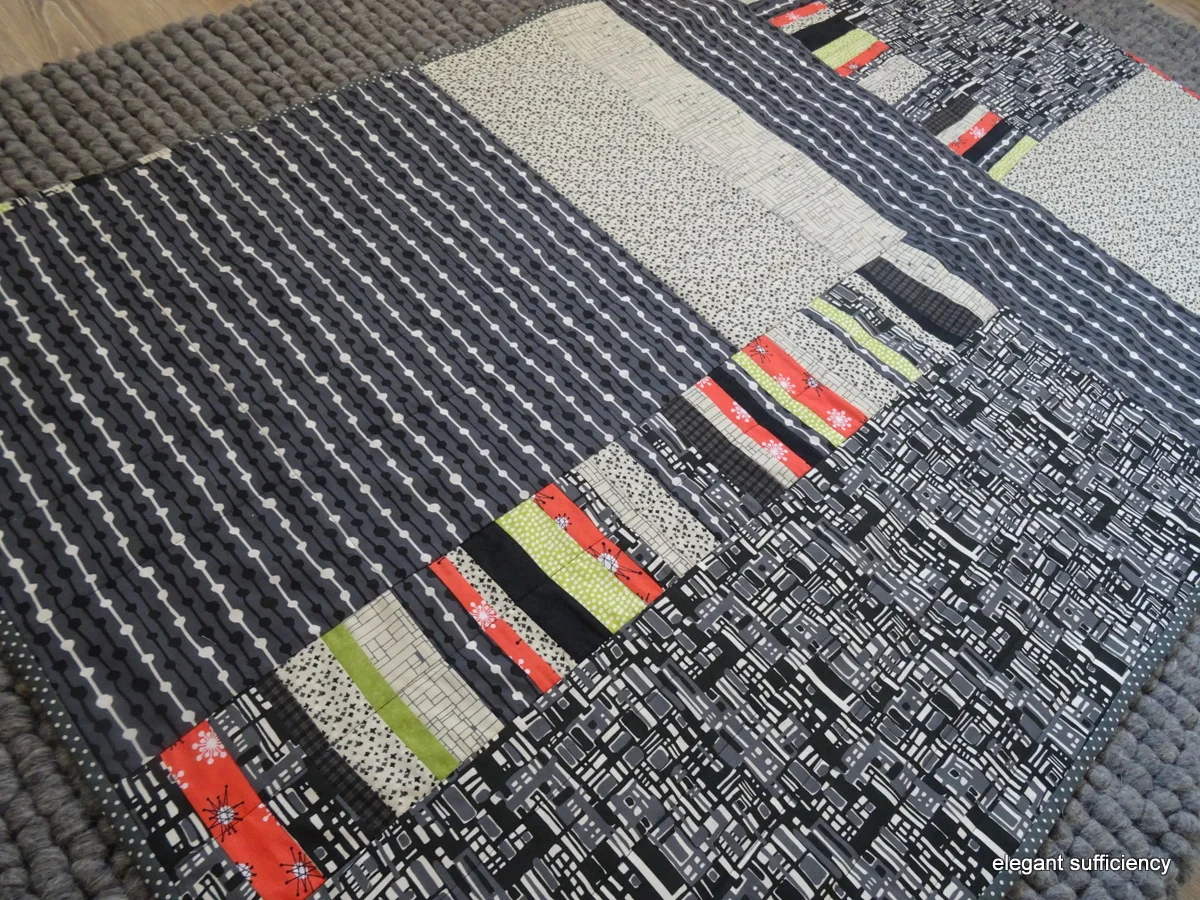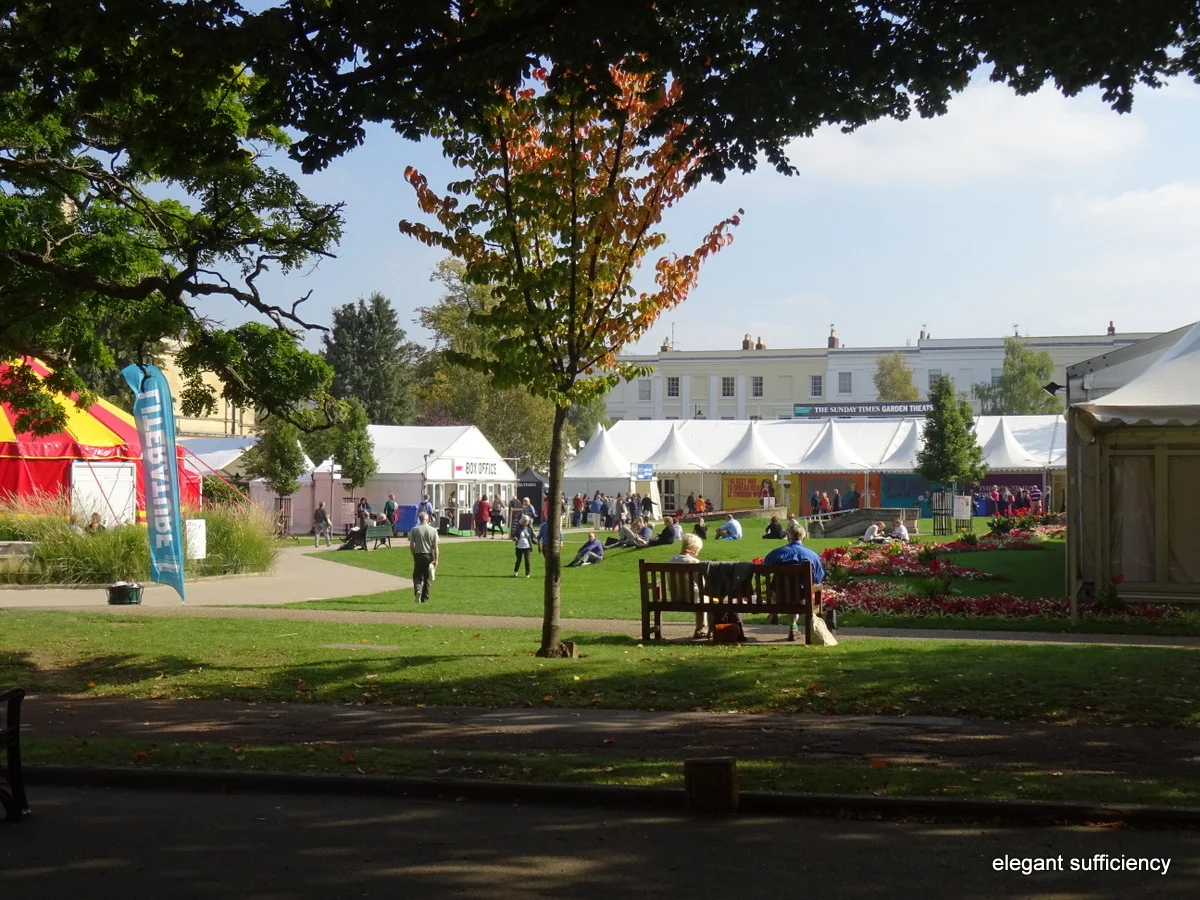Going underground
It doesn’t look like the kind of place for a great night out, does it?
Our friends Paulene and Nigel had got hold of tickets for a tour of the Deep Level Air Raid Shelter at Clapham Common and wondered if my Hero and I would like to join them.
You bet!
Of course, we knew nothing about the place, didn’t really have any idea of what we’d see or do, but knowing that such opportunities don’t come up very often, I applied my usual “say yes first, wonder why later” principle and on this occasion that was exactly the right answer.
Tickets are not easily come by and Paulene had booked these way back in the early Summer, so we’d had the date in our diaries for a few months, well before we were invited to be Godparents to our newest, smallest friend the morning after. More about that later…
We met at ground level outside the tube station at Clapham South and were tagged and a register taken. This was a serious business…safety notices had been emailed out to us, regarding suitable footwear, personal safety (no matches, lighters etc) and the required level of fitness! There are 180 steps down to the deep-level shelter – and of course, the same 180 steps back up again. Hmm. Naturally, if there was a fire or other emergency down there, those 180 steps might have to be taken at a canter…
Well, let’s not think about such things, eh?
But as soon as we were taken through an innocuous looking door there was hardly a chance to think sweet thoughts! Sorry about the poor photo, but we did set off at quite a pace. You can at least see that the staircase was a gentle spiral, the steps secure and there was a handrail. We were pleased of that later on!
When we got to the bottom, 35m or so below street level, a small welcome party was waiting for us, ready to guide us through a mile or so of tunnels and give us an idea of what it would have been like to have been one of the 8000 people who could have sheltered from the bombing down here.
We began with a little background to the construction – when, why and where. There were about twenty of us in the group and half a dozen guides, so plenty of chance to ask questions and take photos.
Although I’d wondered if it would feel claustrophobic down there, it was well lit and actually quite comfortable – though the rumble of the Northern Line trains passing over our heads was a little disconcerting.
We were led through a series of tunnels, divided into areas named after Naval Commanders and shown some of the features of the shelter along the way.
Where fittings had been removed, large wall panels gave a better idea – of the men’s loos, for example! (I didn’t really want to imagine not only how 8000 people could cope with just four lavatory areas, never mind how the effluent was dealt with bearing in mind the sewer is above the shelter) I think the atmosphere down here could have been less than fragrant…
Some of the tunnels were still fitted with the bunk beds as they would have been in 1944. People arriving at the shelter would have been given a location and a bunk number for the night, but would need to leave the following morning, taking all their belongings with them.
Two parallel tunnels stretched out in a broad curve in both directions and we walked the length of them before going down a few more steps to another level where the same layout was to be found.
The idea of being down here for any length of time wasn’t very attractive, even if the canteen served “off ration” goodies such as cakes and jam tarts to keep up morale.
After the war, the shelters were used to accommodate troops and later, to house some of the newly arrived migrants from Jamaica, from the Empire Windrush. Later still, European students visiting the Festival of Britain found cheap hostel-style lodging down here, but shortly afterwards it was regarded as unsafe to use for overnight accommodation.
For a while, the shelter was used for archival storage and we were told that one of the other shelters is now used for hydroponic horticulture, growing microherbs for the London restaurant trade. Access and other essential services make it tricky to find a good use for these clean, dry, temperate spaces I suppose but it’s surprising that some bright spark hasn’t come up with an imaginative idea.
Feeling thankful that we didn’t have to rely on the facilities down here, we found ourselves back at the staircase and began the climb back to the surface. No, I didn’t count the steps but I can tell you, the pint of Camden Hells enjoyed in the pub along the road hardly touched the sides.
Read more about the shelter here and the tours here.
Thanks Paulene and Nigel for a great night out!












